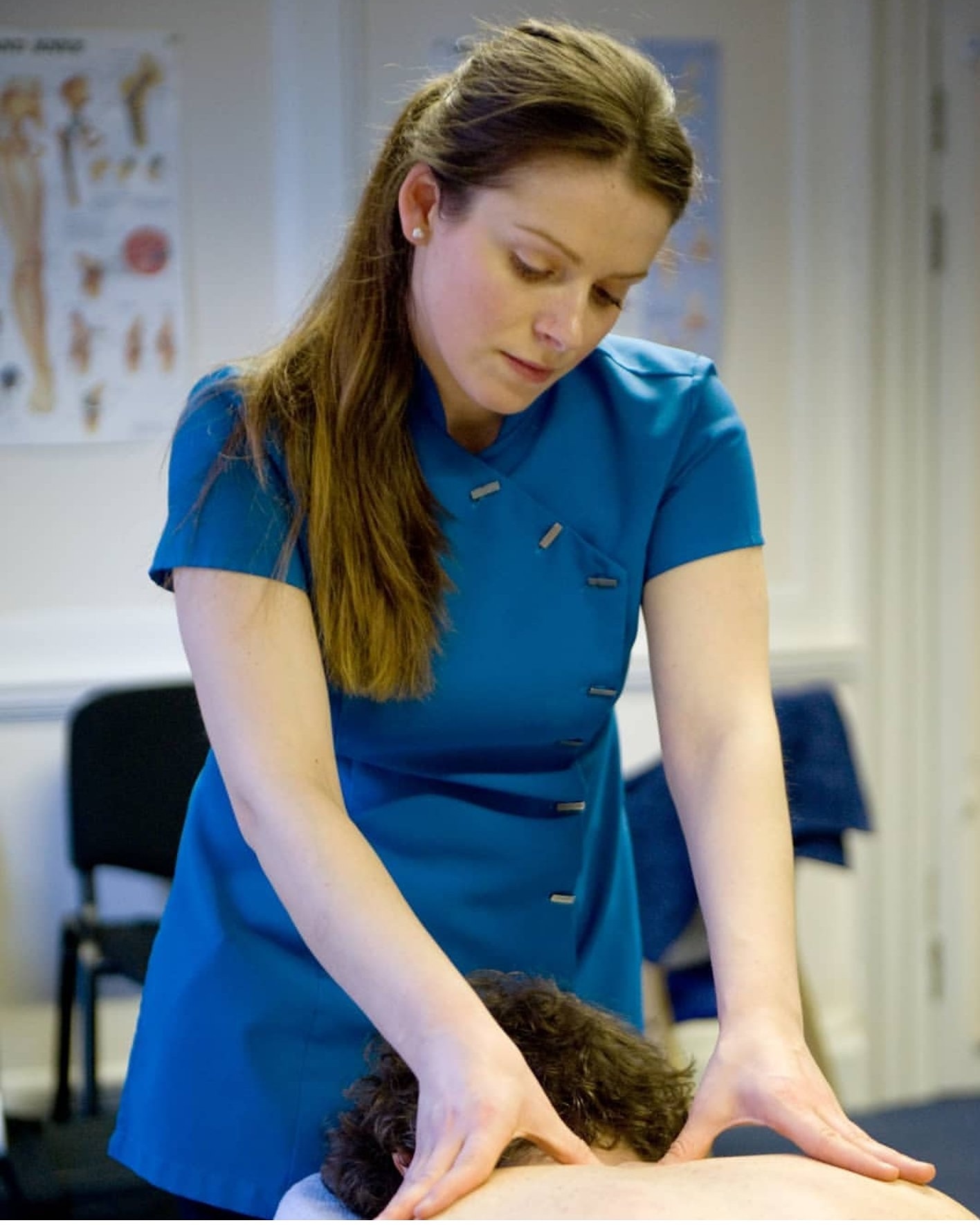4 common Dance Injuries
- Anila Giatsai

- Apr 16, 2019
- 3 min read

4 Common dance injuries:
Injuries can be devastating to a dance career, but you can reduce their occurrence or avoid them if you know what to look for and most importantly to seek physiotherapy rehabilitation promptly after an injury.
One of the most common issues that Dancers have is an imbalance in Strength and flexibility. As the dancer matures, so does the technical difficulty of the dance class. When flexibility and strength are compromised, injury can ensue. It is very common for a dancer to have left and right-sided strength or flexibility disparities. These disparities may influence the body’s natural biomechanics causing a reduction in the synchronicity and balance of movement. When motion occurs repetitively over time trauma begins to accumulate in the body’s tissues.
1.Lower-Back Strain, Neck strain and Muscle Spasms:
Lifting, arching and improper technique can all overwork and strain the lower-back extensor-erector muscles. Dancers with lordosis (a swayed back or lower-back curve) are more prone to spasms.
Choreography that calls for excessive head movement can easily strain dancers’ neck muscles, especially if dancers do not properly use the full spine when arching the head/neck. Prevention Tip: “Lengthen the neck rather than collapse it,” says Anila. “I like using the image of the fountains at the Peace Gardens- Sheffield: a long, graceful arch.”
Dancers will do well with conservative treatment of low back strains and spasm. Initial treatment will include rest, ice, and anti-inflammatory tablets. A physiotherapist can help identify areas of weakness, tightness, or postural faults that may have predisposed the dancer to injury. The dancer may also want to critically look at any technical faults including lifting technique to help prevent future injury.
2. Lateral Ankle Sprain:
The dancer’s feet are comparable to a concert pianist’s hands. A ligament tear that happens when the outside of the ankle rolls inward after loss of balance from landing a jump. Dancers, like gymnasts, require absolute stability with the ankle in the plantar flexed position. If the torn lateral ligaments heal in a scarred, stretched position, this laxity can lead to chronic instability and may adversely affect performance.
Regardless of the method of treatment, adequate physical therapy and proper rehabilitation are necessary to restore normal use following injury.
3. Achilles Tendonitis
"My heel and lower calf hurt, particularly while running or jumping." Most cases of Achilles tendonitis are due to overtraining of the dancer, particularly heavy training during a short period of time. Other contributing factors for Achilles inflammation would be:
• Returning to dance after a long period of rest
• A natural lack of flexibility in the calf muscles
• Dancing on a hard surface or a non-sprung floor
•
Early identification of the overuse injuries can assist in its recovery. Rest and ice are immediate treatments for conditions that do not allow for any pain free activity. Active stretching of the Achilles is helpful. However, dancers need to exercise caution with stretching the Achilles beyond the point of comfort. Strengthening exercises should be introduced gradually. For chronic conditions, the use of an overnight splint to assist with dorsiflexion range of motion can be helpful. Orthotic prescription can be helpful to correct any structural imbalances in the foot. Physiotherapy and gentle Massage may assist with symptom relief.
4.Rotator Cuff Tendonitis and Impingement (Shoulder):
Extensive use of the arms (overhead lifts and falls) can lead to tears in upper-arm tendons or even impingement, painful pressure felt in the shoulder when the rotator cuff and scapula rub together as arms are lifted.
In most cases a rotator cuff injury can be treated within a short period of time with soft tissue procedures (Active Release, Graston Technique, Myofascial Release, Cupping Massage Therapy) and exercise alone. However, in other cases, what appears to be a simple rotator cuff injury often involves several other areas of the body such as Cervical or Thoracic Spine. Without this understanding acute injuries often become chronic shoulder problems.
Initial treatment for shoulder impingement involves ice, rest, and the use of anti-inflammatory medications to reduce acute swelling in the joint. For chronic cases, a physiotherapist may recommend a steroid injection to assist with decreasing the inflammation in the joint. Physiotherapy consultation is advised to evaluate the shoulder function and improve rotator cuff strength. Dancers with chronic, unresolved impingement conditions may be candidates for a surgical technique to decompress the acromioclavicular joint.
Please see a Physiotherapist trained in manual therapy for a complete biomechanical assessment & Postural advice to see what you can do to strengthen the weak muscles and stretch the tight muscles. We will also be able to give the Ergonomic education and therapy specific to your body that you will need for optimal performance and injury prevention and management.
Prompt evaluation and treatment can facilitate long lasting benefits for dancers, and reduce the risk of damaging or career threatening injuries. Early intervention and treatment can save money, time and potential long-term disability. Intervening with young dancers can set a positive tone for future injury prevention and knowledge.




Comments